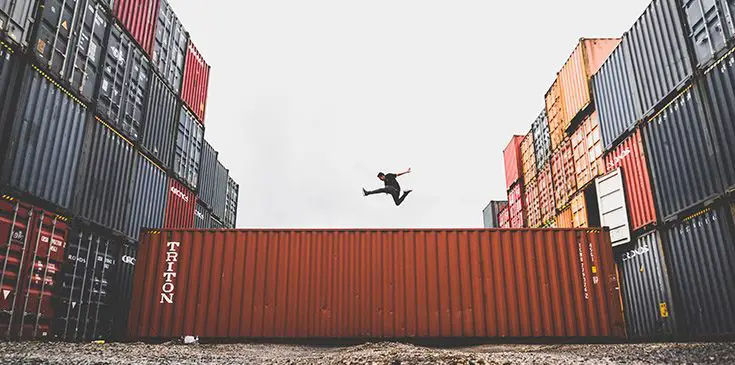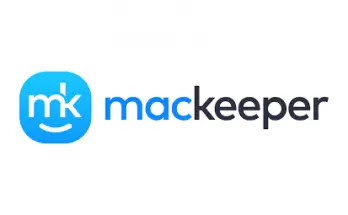In current times, container adoption has skyrocketed. The importance of securing the apps DevOps teams create and deploy using containers has grown along with it.
The protection security teams must be comprehensive around the entire container lifecycle. Accomplishing this needs an understanding of Docker container technology, the adoption of processes, and tools tailored for these environments. Containers face several security risks at every stage of the deployment process, including building, shipping to the run-time production phases. These threats make achieving continuous security essentials to the integrity and safety of containers. Nevertheless, these security measures often are skipped or overlooked in a rush to get the CI/CD pipeline flowing faster.
Several businesses are paying the price today for security implemented years ago. However, these mistakes would not be repeated in the migration to a containerized environment. Challenges to containers and their hosts come in several forms: ransomware, cross-site scripting attacks, application-level DDoS, and cross-site scripting attacks or hunt for sensitive data or weakness in internal systems.
Before moving ahead, let’s have a look at the challenges and goals of container security.
What are the challenges of container security?
Generally, containers create particular security and compliance risks. For containers, there are mainly three areas where risks can be introduced as it covers: container images themselves, how they are updated, and how they are run over time. Each container is a base image, which includes which is needed to run a specific job. It can be developed internally and stored in a private registry or sourced from a public registry.
Whether the images are taken from a public or private source, the image should be checked before it is deployed. The reason is that it can contain security faults, such as an old OS or an exploitable version of an app, which can be introduced into an app.
What are the goals of container security?
A security team must follow four main goals for container security. To obtain visibility across container environments by discovering and tracking deployments, including on-premises and in clouds.
Additionally, they need to manage vulnerabilities within containers, prevent, and detect intrusions.
The third goal should be to take advantage of REST APIs to integrate DevOps products with container security tools.
The bottom line: teams should update the IR program to collect information related to the new operating environment for containers, such as orchestration platforms, and plan for the “rip and replace” model as an IR element.
Phases of protecting the container pipeline
Three phases of container deployment are: build, ship, and runtime, have to be secured, and each has specific requirements. Let’s have a look at each in detail.
#1. Build Phase
This phase is all about security. Security begins with building secure applications. Developers must understand and utilize proper techniques for minimizing risk within the app code itself. These techniques include:
- Code analysis: Developers should make use of code analysis tools that can recognize and report potential vulnerabilities.
- Image Scanning: Before the ship phase, container images should be scanned for vulnerabilities to catch any issues before the app is built. Registry scanning should also be done regularly as this can find new problems in existing images.
- Hardening: It reduces the attack surface of the container image by removing libraries and packages, which are not needed, and restricting non-required functions.
#2. Ship Phase
When it comes to deploying images, security depends on the precise controls and verifications to ensure trust. It includes:
- Image signing: It ensures that the author/publisher is verified, and no image tampering has occurred. For instance, Docker’s Content Trust feature provides this security.
- User access controls: Deployment tools and sensitive systems should have mechanisms to enforce restrictions and monitor user access effectively.
To automate these security features, images for production should be signs and tagged automatically. The access controls for sensitive tools must be integrated with LDAP directories. In addition, Docker Bench for Security can be run as an automated process for testing content trust and access control issues.
#3. Run Phase: Preparation
The runtime environment needs to be secured - including the host, kernel, Docker daemon, all network and system services.
- System and Docker daemon security: Ensure that only authorized users can access sensitive systems and Docker commands and settings.
- Secrets Management: Utilize encryption to protect secrets that are subject to app and API access.
- Host and kernel security: These can be safeguarded using security modules such as AppArmor, seccomp, SELinux, or the equivalent host security settings.
- Auditing: It includes to perform audits of security settings both before and during run-time. It can be accomplished using the previously-mentioned Docker Bench for Security, Kubernetes CIS Benchmark, or other tools. It also has extra benefits of helping to meet container compliance requirements.
- Orchestration security & networking: A secured container environment can control access, set network policies, and use suitable names and labels. These tools can make sure that security containers are running on every host.
Such tools can deliver automated security testing and checks against standard benchmarks. Plus, automatic policy updates to adapt to configuration changes and offer visualization of behavior within the application and containers.
#4. Run Phase: Production
Run-time in production is the most critical phase when it comes to container security. It is the battleground where hackers attempt to exploit any vulnerabilities they have discovered, and security efforts must detect those attempts. Hacker actions include a “kill chain,” which occurs as the hacker moves from the host or another container to the targeted exploit point. This chain of events often represents several chances for the hackers’ activities to be detected and prevented by using these techniques:
- Run-time vulnerability scanning: All running containers should be scanned for vulnerabilities; all newly created containers should be scanned instantly.
- Packet capture & event logging: Capturing packets and creating event logs allow for more capable forensics efforts.
- Network inspection and visualization: Inspecting network behavior is the most favorable vantage point for monitoring and recognizing suspicious activity. Make sure to inspect all container-to-container connections, container & host processes, and visualize application stack behavior. If an attack spreads and real-time response is mandatory, all these capabilities will enable the security team to see it coming and respond.
- Layer 7-based application isolation: By isolating and protecting app protocols and container meta-data inspection, it’s possible to go beyond L3/4 network segmentation. An app activity can be blocked without affecting containers.
- Packet capture & event logging: Capturing packets and creating event logs lets you more capable forensics efforts.
Tools should be automatically deployed to each host. A new container behavior should be learned automatically and added to the security policy programmatically.
The alerts and real-time monitoring can be damaged from either local consoles or logs exported to SIEM systems.
Wrapping Up
With the right strategy in the proper manner to integrate security tools and automate policy, continuous container security, which offers protection throughout the container deployment process, can be achieved.



